SETA Learnership in 2025
1. Why Read This Guide on SETA Learnership in 2025
If you’re searching for “SETA Learnership in 2025”, this comprehensive guide will take you through everything you need to know—from what a SETA Learnership is, how the programmes work, stipend ranges, application steps, to career outcomes. This is ideal for international readers (US, UK, Canada) interested in vocational training models, skill development policies, or exploring global education frameworks.
2. What Is a SETA Learnership?
A SETA Learnership is a structured, work-based training programme in South Africa, marrying theoretical learning with practical workplace experience. It leads to an NQF-registered qualification, regulated through a triangular agreement between the learner, employer, and accredited training provider, under a Sector Education and Training Authority (SETA) (mict.org.za, merseta.org.za). The standard duration is 12 months, with an option for shorter completion via Recognition of Prior Learning (RPL) (merseta.org.za).
Benefits include:
- A formal occupational qualification
- Hands-on experience in a workplace
- Monthly stipends to support living & transport costs
- For employers: B-BBEE credits, tax incentives, skills pipeline development (merseta.org.za, mict.org.za)
3. Why 2025 Is Prime for Applying to a SETA Learnership
3.1 Updated Systems & Policies
In 2025, SETAs—such as MICT and MerSETA—introduced updated learner management systems, stricter stipend compliance policies, and quality assurance initiatives to reduce fraud and improve payment clarity (mict.org.za, X (formerly Twitter)). These changes aim to ensure timely stipend payments and data integrity.
3.2 Market Demand & Available Openings
Recent listings show active openings for 2025 learnerships, with stipends ranging from R4,500 up to R6,000 or even higher depending on the sector (Sa-SETA.Com, Facebook). For example, Facebook job posts advertise SETA Learnerships with R4,800 per month stipend (Facebook). Other sources cite stipends up to R5,500–R8,000 in MerSETA technical learnerships (Facebook).
3.3 Global Interest in South Africa’s Skilled Training Model
Countries like the US, UK, and Canada increasingly look to the South African SETA framework as a model for vocational inclusion and bridging youth unemployment. This guide is designed for readers seeking transferable learning-from-abroad perspectives.
4. Top SETAs & In-Demand Sectors for 2025
Different SETAs offer learnerships across high-demand sectors:
- MICT SETA (Media, Information & Communication Tech): IT support, digital marketing, contact centre, software applications (mict.org.za)
- MerSETA (Manufacturing, Engineering & Related Services): Artisan training, engineering support, manufacturing roles (merseta.org.za, Edupstairs)
- Services SETA (Personal & Business Services): Retail, hospitality, administration, tourism (Sa-SETA.Com, Services SETA)
Stipend ranges for 2025 by SETA sector:
- MICT SETA posts show a base stipend of R2,500 per month under official information, though real world posts suggest up to R4,000–R5,000 in practice (mict.org.za, Facebook).
- MerSETA learnership stipends generally range R3,000–R5,500, occasionally reaching R8,000+ for technical/artisan programmes (Edupstairs, Facebook, Sa-SETA.Com).
- Services SETA programmes typically offer stipends of R4,500–R6,000 (Sa-SETA.Com, Services SETA).
5. How to Apply for a SETA Learnership in 2025
5.1 Who Is Eligible
- South African citizens (ID required)
- Unemployed or employed but committed to the scheme
- Minimum education: Grade 10, 11, or 12 depending on programme
- Age guidelines vary—often 18–35, but opportunities are open beyond this depending on career orientation (Sa-SETA.Com, Services SETA)
5.2 Documentation Checklist
- Certified South African ID copy (within past 3 months)
- Certified highest educational qualification results (Matric or Grade 10/11)
- Updated CV and contact details
- Proof of residence (<= 3 months old)
- Unemployment affidavit (if applicable)
- Signed Learnership Agreement & Employment Contract upon selection (Edupstairs, merseta.org.za, Services SETA)
5.3 Where & When to Apply
- Applications typically open from October through February annually, with rolling intakes extending through the year (Edupstairs, Sa-SETA.Com).
- Register with each SETA’s learner portal (e.g. Services SETA, MICT SETA) to be notified of openings (Services SETA, mict.org.za).
- Submit online or via email depending on provider. Confirm deadlines—most close within 2–3 weeks of posting.
5.4 Application Best Practices
- Apply to multiple SETAs and accredited providers.
- Keep documents updated and certified.
- Join SETA-specific Facebook groups, LinkedIn pages, and official site portals to receive timely alerts.
- Treat the application like a job interview—prepare for aptitude tests if required (for MICT SETA, for example) (dynamicdna.co.za).
6. Stipends, Payments & Financial Support Systems
6.1 What Is a Stipend
A learnership stipend is not a salary—it’s a grant intended to support learners during the period of training. Disbursements depend on attendance and programme compliance (mict.org.za, Services SETA).
6.2 Stipend Ranges for 2025
- MICT SETA official baseline: R2,500/month, but many providers offer R4,000–R5,000/month in practice (mict.org.za, Facebook).
- MerSETA: R3,000–R5,500 monthly; technical/artisan roles may reach R8,000+ (Edupstairs, Facebook).
- Services SETA: R4,500–R6,000 per month (Sa-SETA.Com, Services SETA).
6.3 Payment Compliance & Timing
- Payments depend on attendance registers, proof of tasks, and meeting SETA compliance requirements.
- Late submission may delay payment until the 15th of the next month (Services SETA).
- Unpaid stipends may lead to blacklisting or legal consequences under new 2025 policies (mict.org.za, X (formerly Twitter)).
6.4 UIF Deduction
Learners earning stipends are subject to 2% UIF contributions—1% deducted from stipend, 1% by employer. This also makes learners eligible for unemployment insurance benefits under the Unemployment Insurance Fund (UIF) scheme (Services SETA).
7. Key Benefits of a SETA Learnership in 2025
7.1 For Learners
- Earn while you learn: receive monthly stipends (R2,500–R8,000 depending on SETA)
- Acquire a nationally recognised qualification
- Gain real workplace experience to boost employability
- Access UIF benefits and standard labour protections
- Eligible for further training pathways or full-time roles
7.2 For Employers
- Secure skilled, trained workers aligned with industry standards
- Earn B-BBEE rating points and qualify for tax deductions (up to R25,000 per learner per year for new unemployed entrant) (merseta.org.za, Edupstairs)
- Reduced recruitment and onboarding costs
- Access discretionary grant funding when hosting learnerships
7.3 For the Economy/Industry
- Helps close skills gap in key sectors (ICT, manufacturing, services)
- Supports youth employment and capacity building
- Enhances competitiveness of industries globally
8. Application Timeline & roadmap
| Timeline | Action Steps | Tips for Global Perspective Readers |
|---|---|---|
| Oct–Feb | Learnership openings begin across SETAs | Register portably on SETA learner portals and industry-specific job boards |
| All year | Rolling applications remain open | Monitor official SETA websites and accredited providers |
| Before intake | Compile certified documents | Have ID, CV, proof of residence ready in certified format |
| At apply | Submit online/email application | Join local learner networks (Facebook groups, forums) |
| During | Sign Learnership Agreement & Employment Contract | Treat programme as job: meet attendance & quality criteria |
| Monthly | Stipend payment cycle; UIF deduction check | Track your bank deposits and compliance |
| End of term | External summative assessment & certification | Request your certificate and work reference letter |
| After completion | Add qualification & experience to CV | Apply to jobs or further training; inform SETA if seeking deferral |
9. Frequently Asked Questions
FAQ 1: Can I apply if I already have a qualification?
Yes. You may be eligible for higher-level learnerships or internships if you already hold certain certificates or a degree—particularly via Recognition of Prior Learning (RPL) pathways.
FAQ 2: Is there any application fee?
No. Genuine SETA Learnerships are fully funded and free to apply. Beware of scams asking for application fees or payment.
FAQ 3: What if a stipend is delayed?
Communicate with your training provider or employer. If delays persist or documentation compliance is correct, you may follow up with your SETA to escalate under new stipend compliance protocols (Services SETA, X (formerly Twitter)).
FAQ 4: Is there any age limit?
While many programmes focus on youth (18–35), eligibility depends on the specific SETA and learnership description—some are open beyond the youth bracket.
FAQ 5: Will I get a job after completion?
There’s no guaranteed job offer, but learners emerge with a qualification, workplace experience, and increased employability. Several employers convert learners into full-time staff post completion.
10. Internal & External Links for SEO & Credibility
Internal Links (to other blog sections/pages):
- Link to your broader “Learnership Application Tips” page
- Link to “SETA Accredited Providers” article
- Link to “Career Growth after Learnership” guide
External Links (authoritative sources):
- MICT SETA official page on Learnership Stipends and terms (mict.org.za)
- MerSETA Learnership policy and grant info (merseta.org.za)
- Services SETA learner portal FAQs and stipend rules (Services SETA, Services SETA)
11. Tips to Optimize Your SEO for “SETA Learnership in 2025”
- Keyword Usage (~1% density): Use the term “SETA Learnership in 2025” in title, headings, introduction, maybe once every 100 words.
- Headline with numbers/power words/sentiment: e.g. “11 Practical Reasons Why a SETA Learnership in 2025 Will Transform Your Career”
- Short paragraphs & subheadings: Keep paragraphs under 60 words; use plenty of H2/H3 tags.
- Image with alt text: e.g. a stock photo of learners in a workshop with:
alt="SETA learnership learners in workplace training in 2025" - Meta title & description: as provided above.
- URL slug suggestions:
/seta-learnership-2025-guide,/apply-seta-learnership-2025, etc. - Structured data markup (if using CMS): Use FAQ schema for the FAQ section; use Organization schema linking to SETA official domains.
- Internal linking & outbound links: as described above to reputable domains.
- Mobile-first readability: Use bullet lists, bold key phrases, call‑out boxes for application steps.
12. Real Example Case (Hypothetical but realistic scenario)
Let’s imagine Sarah, age 22, unemployed and living in Gauteng:
- She registers on the MICT SETA learner portal and also on Services SETA portal.
- In January 2025, she applies to both a Digital Marketing Learnership (MICT SETA) and a Retail Administration Learnership (Services SETA), submitting certified Grade 12, ID, CV, proof of residence.
- By mid‑March, she is accepted into the Services SETA programme with a monthly stipend of R5,000, lasts 12 months.
- She attends theory classes at an accredited provider, does workplace tasks at a retail brand, submits attendance registers monthly, and receives payment on the 15th of each subsequent month.
- By April 2026, she completes external summative assessments, obtains an NQF Level 4 Certificate in Retail Administration.
- With her new qualification and CV, she secures a full-time admin assistant role earning R10,000 per month and updates her LinkedIn—now visibly stronger for international observers interested in skills mobility frameworks.
13. Why Global Readers Should Take Interest
- Policy learning: SETAs offer a measurable, public‑sector managed vocational training model with funding, skills pipeline, and social protection integration.
- Workforce development insight: see how integration of stipends, UIF, and formal contracts can effectively train youth—potentially modelled in other countries.
- Academic or NGO research: case studies of youth empowerment via SETA programmes are frequently cited in development literature.
14. Next Steps for Readers
- Visit official SETA websites (MICT SETA, MerSETA, Services SETA) to register on learner portals.
- Compile your certified documents in advance (ID, matric results, CV, proof of residence).
- Apply early and often to suitable programmes in your chosen sector.
- Track application statuses and respond promptly if requested for assessments or interviews.
- Prepare for life in a learnership, including mindset shift to treat it like real employment.
- Plan for what comes after: job searching, further study, or freelance/self-employment using your new qualification and experience.
15. Conclusion
A SETA Learnership in 2025 presents an excellent pathway for South Africans to earn while they learn, gain accredited qualifications, and improve career prospects—backed by updated systems, reputable SETAs, and competitive stipend support. Even readers from abroad (education professionals, policy researchers, employers evaluating skills models) will find this SO‑structured vocational training system insightful.
With the steps, stipend information, application roadmap, and SEO strategies outlined here, you’re equipped to start your journey—or build content that ranks on the topic.
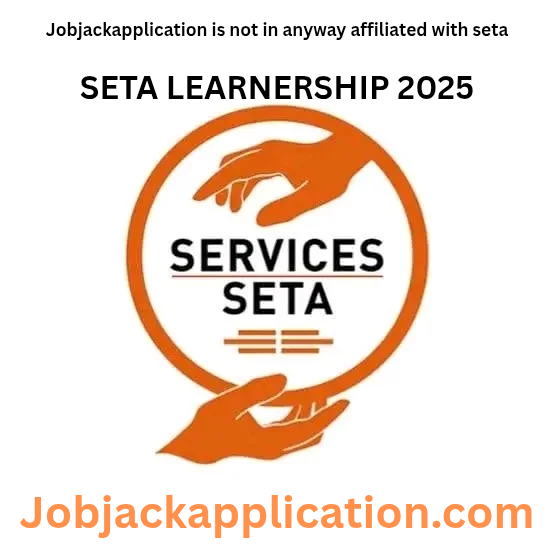
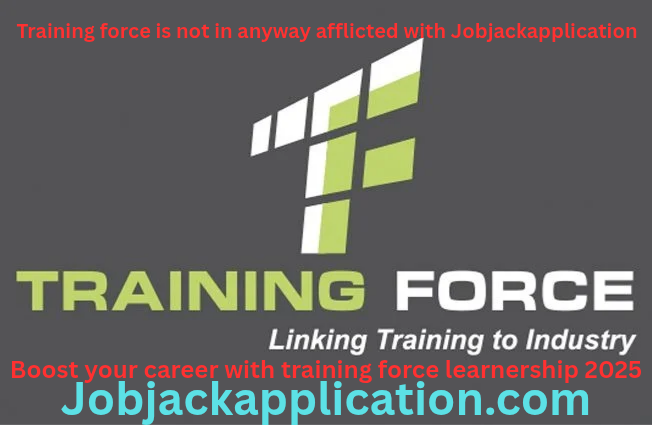
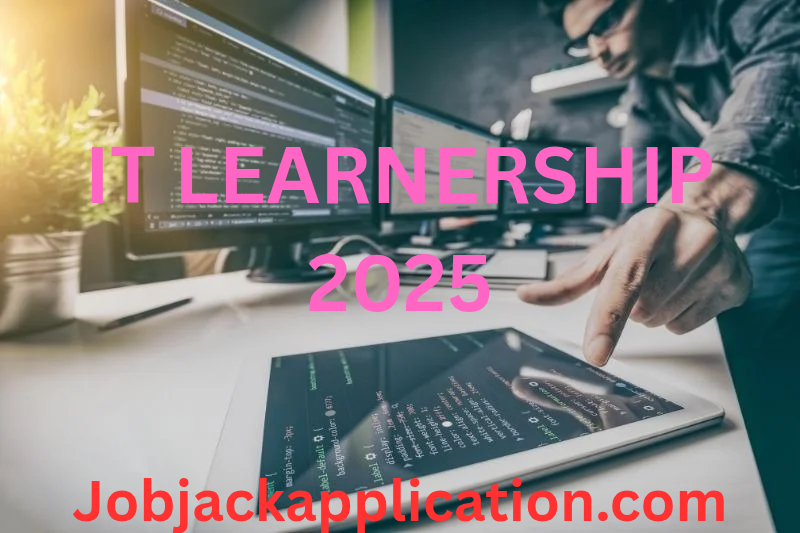
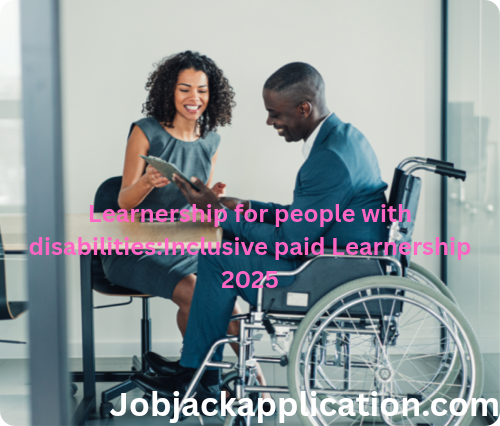
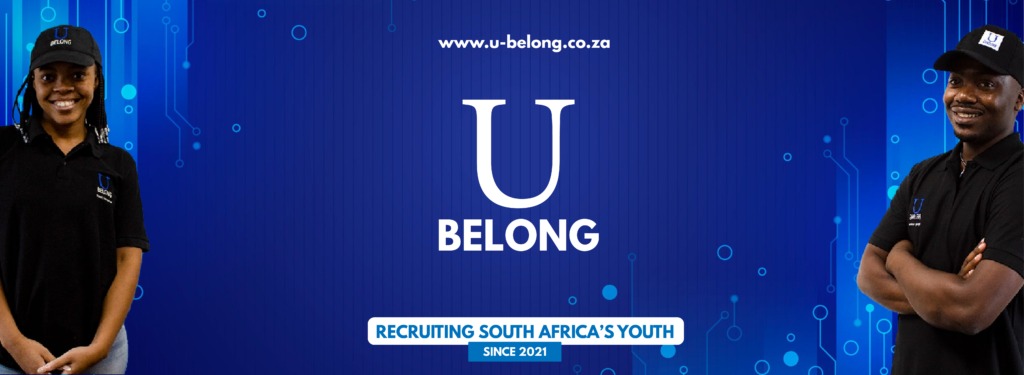
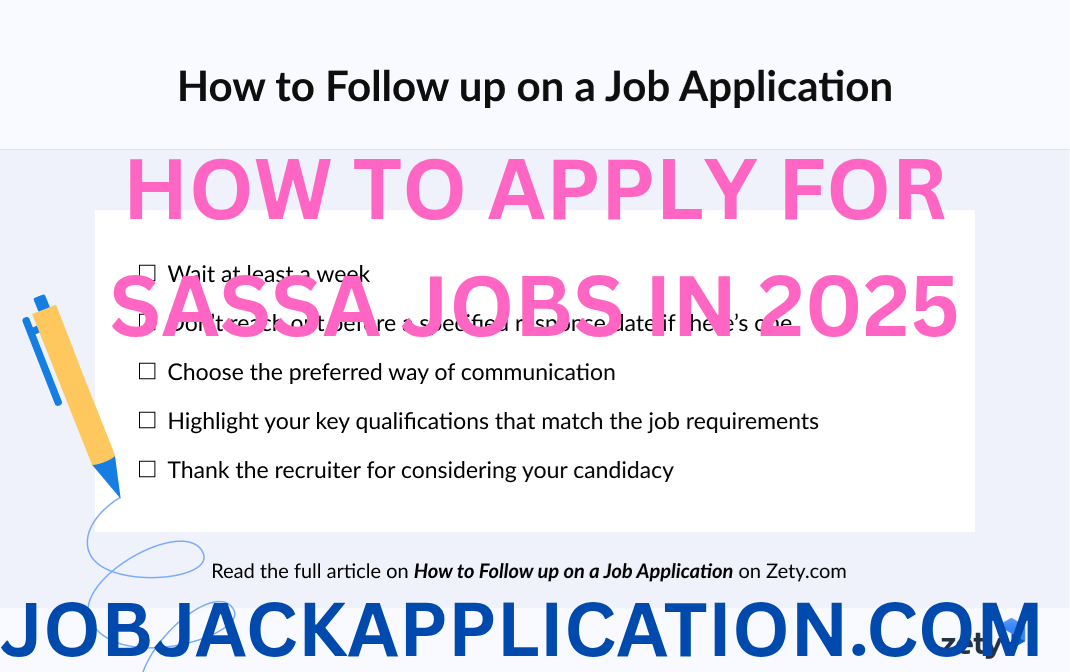

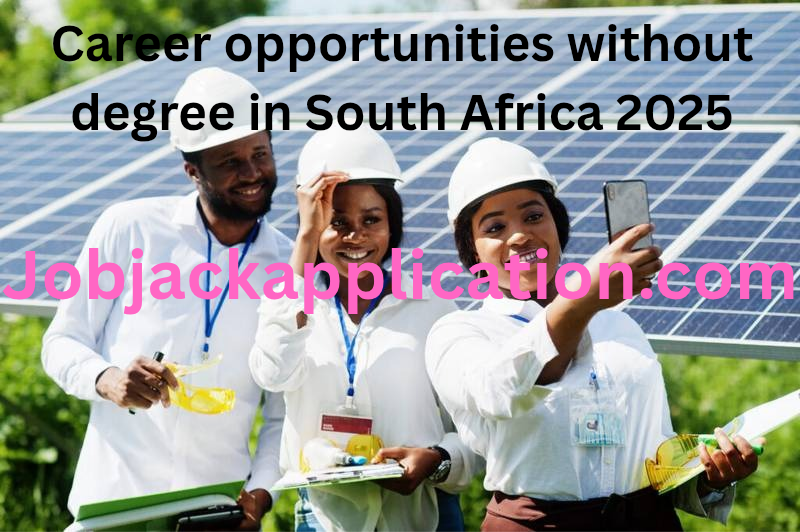
Leave a Reply